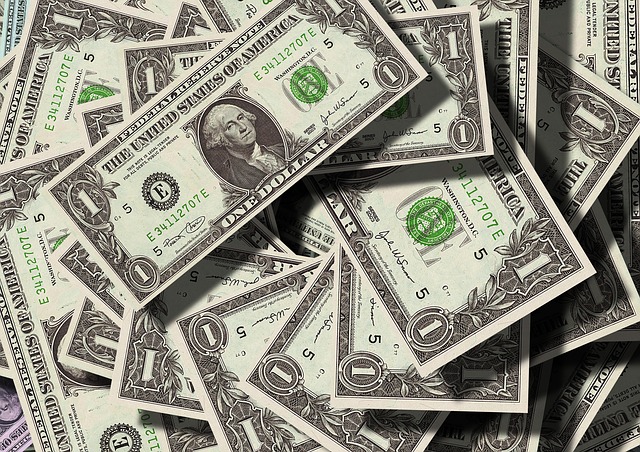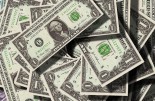La Française: A bumpy road ahead for the USD
La Française: A bumpy road ahead for the USD

This is a commentary written by Gilles Seurat, Multi Asset Fund manager, La Française AM.
The USD is and remains the world’s most traded currency and its value has major implications for most financial markets. This is the reason why investors spend so much time following its movements. Last year, the USD rose during the March financial crash and then tumbled by more than 12%. What do we expect for 2021? Has the USD weakened too much? Let us take a closer look at the fundamentals of the USD.
The first indicator we like to focus on is long-term valuation, measured by the real effective exchange rate. This indicator helps us to analyze whether a currency is cheap compared to inflation dynamics. Even though the USD has already softened, it remains higher than its long-term average. This means that investors will be tempted to invest in other countries where the exchange rate is cheaper. US investors for instance might want to diversify abroad in Europe or Japan. This is a negative factor for the USD going forward.
Another very important driver for foreign exchange is the real rate, i.e. the compensation above inflation that investors receive for holding government bonds. In the US, for a 10-year maturity security, it has dropped from a generous 1% in early 2019 to a punitive -1% on January 22, 2020. This means that investors holding US 10-year government bonds are promised to lose 1% per annum of purchasing power. Historically, the USD has moved in tandem with this real rate – which makes sense. This is another negative driver for the USD this year as we do not anticipate an upward move in US real rates.
History gives us another clue for USD direction. In the past, when the economy was coming out of a recession, the USD moved lower. For instance, from March 2009 to March 2011 the USD index lost 15%. After a terrible Q3 2020, we expect the economy to continue to recover in 2021 as the global economy moves gradually back to normality.
Politics could play a role too. While former President Trump embraced tariffs, acting President Biden will probably refrain from implementing them. During the past years, the USD rose when the US implemented tariffs. The absence of tariffs is not outrightly negative but removes a potential upside driver. On top of that, Mrs. Yellen’s first speech gave us another clue. While almost all former US Treasury Secretaries praised a “strong USD”, Mrs. Yellen mentioned “market-determined exchange rates”. Altogether, the new US administration will have a less positive affect on the USD.
One must not forget as well that the US economy is running a very large current account deficit (close to 3% of GDP). This is partly due to the dramatic trade balance deficit (close to $900billion per annum) as imports dwarf exports. Consequently, everyday corporates have to sell USDs to buy foreign currencies.
To be fair, we must acknowledge that there are some positive drivers for the USD too. First, investors are already heavily positioned for a lower USD. Some speculators use FX futures to implement those views and the current positioning is at an all-time low on the USD. Investor appetite can be inferred as well through options markets. The view is the same there, with call options more expensive than puts on EUR/USD. This might hamper USD weakening as these positions are speculative and should be sold at some point in the future. The USD could also benefit from the spectacular rise in US Technology stock prices. Foreign investors might want to participate and would need to buy USDs to do so. Another key positive point for the USD is the remarkable outperformance of the US economy over other developed countries. This could also attract foreign capital to the US.
All in all, we think the downtrend for the USD is not over. We prefer to hedge our holdings denominated in USDs such as Emerging Market external debt or US equities.
Source: Bloomberg








